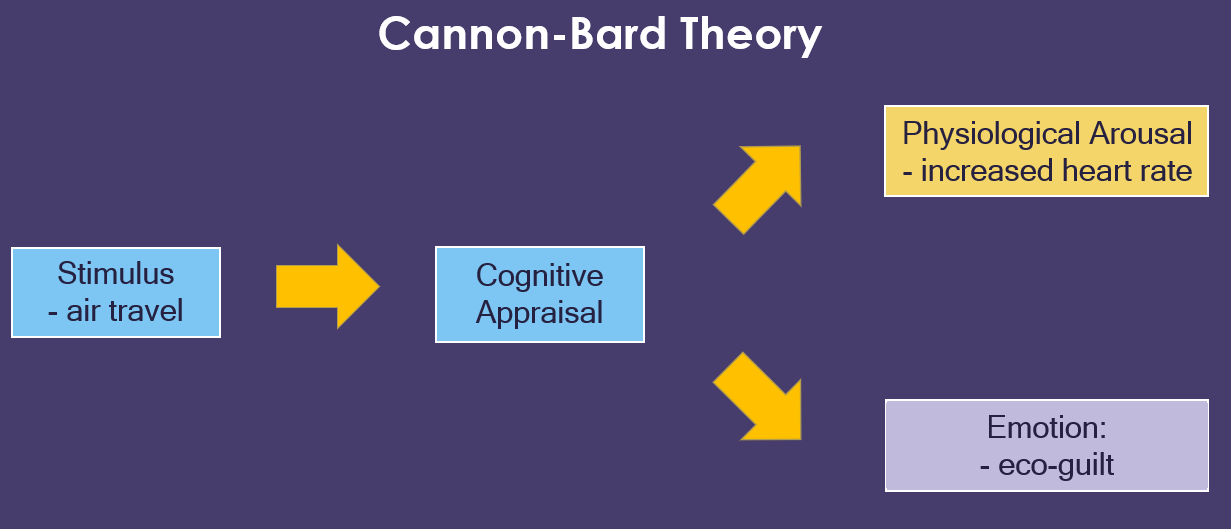Is Direct Instruction a Good Teaching Method? (Parent Digest #3) – Education Rickshaw

Every week, I write a short blurb about teaching and learning for my school’s parent newsletter. I’ve decided to post old ones on this site from time to time so that teachers and leaders can steal them to use in their own newsletters. I hope doing so saves you time.
– Dr. G
Is Direct Instruction a Good Teaching Method?
One of the most important questions in education – and also the most controversial – is whether teaching something directly (i.e., direct instruction) helps or hinders learning compared to having students discover the material for themselves (i.e., discovery learning). Most of us can remember a teacher from our schooling whose boring lectures put us to sleep or made us hate going to class. Maybe teachers should be using more “modern” teaching methods and leave “old fashioned” direct instruction for the dinosaurs?
The problem with throwing shade towards direct instruction is that research has shown that it is effective. In studies where students are either provided, or not provided, direct instructional guidance from a teacher, book, or computer, students learn more when guidance is provided than when it is withheld. In fact, the largest, most expensive experiment in education history (See Figure 1) found that Direct Instruction materials outperformed all other forms of materials – by a lot and by every measure. On the other hand, so-called “discovery learning” has been found to consistently lead to unimpressive, and even negative, achievement gains. When it comes to improving learning outcomes for our students, it would be a mistake to disregard these results.

At this point, you might be asking yourself, “But what about the boring lectures I experienced when I was in school. You’re saying that’s good teaching?” The truth is, research shows that direct instruction is most effective when it includes opportunities for students to talk, make sense of the material, and practice the material to mastery. The endless, rambling lectures that too often monopolize class time should be replaced with clear and concise teacher presentations, which are then followed by students discussing, writing, and problem solving with the presented material. When we appreciate that our direct instruction will only be impactful when students are asked to do something with it, we ensure that the material we want students to know doesn’t just go “in one ear and out the other”.
Reference
Carnine, D. (2000). Why Education Experts Resist Effective Practices. Thomas B. Fordham Foundation.



